Dos and Don’ts for Gardening Your First Year
Growing vegetables and beautiful plants may look fairly easy, but there’s actually more to it than what meets the eye. Gardening requires a lot of attention, along with more effort than you may realize. You certainly don’t want to overexert yourself if you’re a first-time gardener. There are also several other mistakes that first-time gardeners make that you don’t want to catch yourself doing. These are the dos and don’ts for gardening your first year that will help you make it easier for your initial efforts. In case you missed this post, Marigolds: Planting Them In Vegetable Gardens
I highly recommend these for seedlings: CowPots and Organic Seedling Soil, this way you plant your seeds and place the CowPots in your garden when the temperatures are right. This is where I buy my garden seeds: SeedsNow
Dos and Don’ts for Gardening Your First Year
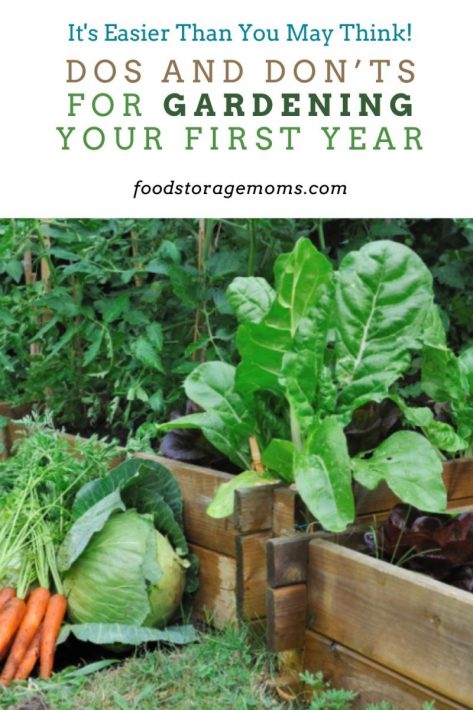
Start a Compost Pile
During your first year of gardening, go ahead and create a compost pile that’s close to your garden and that will be ready for year two. That way you’re not only recycling, but you’re also adding nutrients for your plants while creating a good soil structure that your garden will appreciate. When springtime rolls around, that’s the best time to add a layer a couple of weeks before you plant.
Because my yard is very small, I purchase organic compost at the local gardening center. I also buy worm castings, they work great. If you can’t get them locally, you can buy them on Amazon. Organic Compost and Organic Worm Castings
Maintain Good Soil
The first year that you plant a garden, you may find that the soil is rich and full of nutrients. But after one or two growing seasons your soil and its health may start to wear out a bit, which is bad news for your plants. Keep your soil in tip-top shape by adding a combination of half topsoil and half compost. That way your plants and vegetables will be able to thrive and yield a better harvest for you. This is an important tip for gardening your first year and the follow-up years too.
When and How to Water
How and when you water is also very important for the wellbeing of your garden. The best time to water is earlier in the morning. That way the sun doesn’t cause the water to dry up so quickly. Avoid watering too much or too little, because this can cause the plant to drown, or its leaves to wilt. If you water late at night there is a chance that mold or fungus can show up too. Trying to balance the time to water and the amount that’s needed is a balancing act you’ll learn as you go.
Also make sure that you aren’t watering the leaves, but rather the base of the plant. If you fail to do so, your plant can become diseased or you may notice fungal growth that takes place. For those plants that you have in containers, be sure to give them a little more water, especially during the summer.
Don’t Go Too Big
One of the biggest mistakes that beginners often make is that they try to go all out by creating a garden that’s too big. Just remember, the bigger the garden, the more sweat and hard work you’ll have to put into it. Did you know that a smaller well-tended garden can provide a larger yield than an unkempt garden that’s twice the size?
For your first year, consider planting a garden that only covers a 4X4 space. That way you don’t become easily overwhelmed. Once you’ve mastered that and enjoyed a season or two of delicious veggies, now you can move on to a bigger and more rewarding garden.
Don’t Just Plant Anything and Everything
When you pay a visit to the lawn and garden center and you’re standing there contemplating whether you should buy every kind of seed packet to add variety to your garden, don’t! I know you’ve been fantasizing about all the different plants and vegetables that you can enjoy, but don’t get ahead of yourself.
As it turns out, some plants and vegetables don’t do well close to each other and need separate beds entirely. Stick to just a couple of varieties your first year. These are vegetables that you should consider that have a higher yield. In case you missed this post, Companion Planting: What Not to Plant Together
Don’t Neglect the Importance of Sunlight
Be sure that you don’t just plant your garden any ole’ place in your backyard. On a sunny day, I’d recommend that you pay close attention to where direct sunlight hits your yard all throughout the day. Keep in mind, the more sunlight the better for most plants.
The sun is essential for plants because it provides them with nutrients and energy, allowing them to flourish. Most plants need about 6 to 8 hours of sunlight each day, so make a note of the amount of time each location in your yard receives sunlight.
However, that’s not the case for all plants and vegetables. There are a few varieties of vegetables that actually do better with less sunlight and partial shade. In case you missed this post, Vegetables That Grow In The Shade or Partial Shade
Don’t Plant Too Early or Too Late
Planting out of season is too risky, so don’t make that mistake. Pay close attention to the directions on your seed packets so that you know exactly when the best time for planting them in your area. Even if the cold doesn’t appear to damage the plant, it can certainly stunt its growth due to the lack of sunlight. This could mean less yield for you to enjoy.
What to Plant by Zone
Not sure what to plant or when? Check out our “What to Plant” posts for each month. They tell you just what to plant in each zone during each month of the year.
- What to Plant in January
- What to Plant in February
- What to Plant in March
- What to Plant in April
- What to Plant in May
- What to Plant in June
- What to Plant in July
- What to Plant in August
- What to Plant in September
- What to Plant in October
Don’t Overcrowd your Plants
Many first-time gardeners make the simple mistake of planting their seeds too close to one another. This thwarts their growth and allows pests to travel from one plant to another easier. It also creates a tangled mess and makes it harder for you to pull weeds. When you’re ready to plant, make sure that you follow the directions on the back of the seed envelopes so that you ensure that you’re providing enough space for your plants to thrive.
Don’t Turn a Blind Eye to Weeds and Pests
I know it can be frustrating when you’ve put in all that hard work, only to discover weeds popping up everywhere, along with evidence of pests munching on your plant’s leaves, but don’t turn a blind eye to what’s going on.
You’ve toiled much too hard to give up now. Keep up on pulling weeds so that they aren’t stealing nutrients from your plants and vegetables.
Many gardeners use liquid gardening soap to keep insects out of their gardens. It’s an organic insecticide that’s considered safe for both humans and animals. You can also confuse and deter bugs by planting marigolds, basil, and other scented flowers close to your vegetables.
Dos and Don’ts for Gardening Your First Year
Final Word
Gardening can be so rewarding as long as you don’t go too big or make some of these easy mistakes that first-time gardeners often make. What are some other dos and don’ts for gardening your first year that you’d pass on to others? May God Bless this world, Linda.
Copyright Images: Gardening AdobeStock_99237531 by COCO

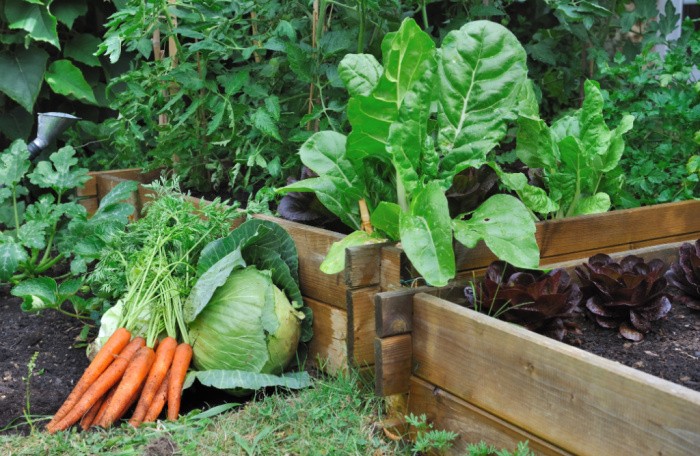

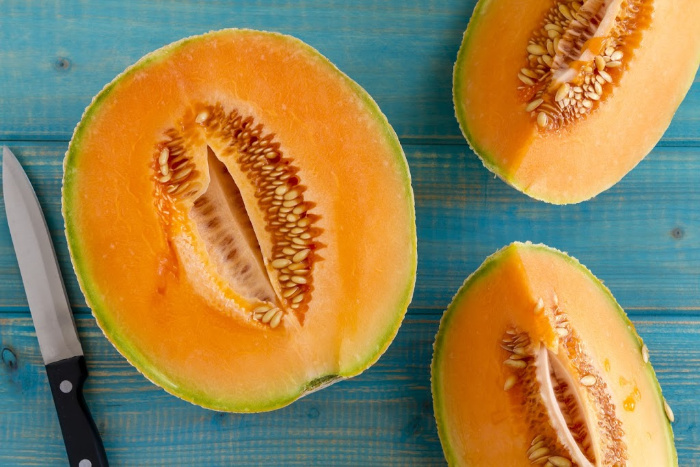
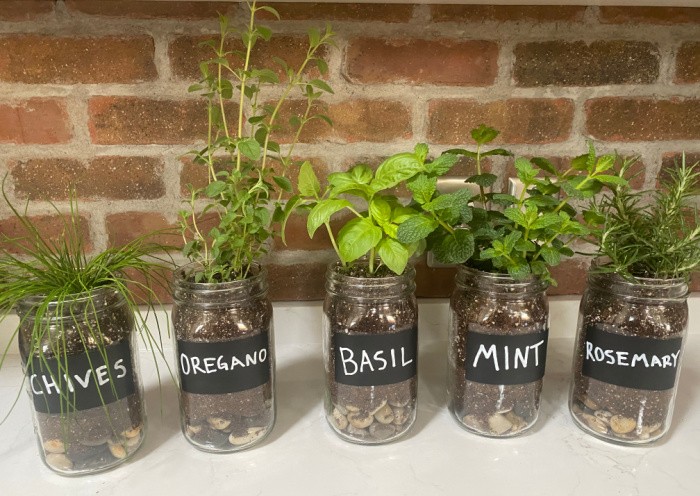
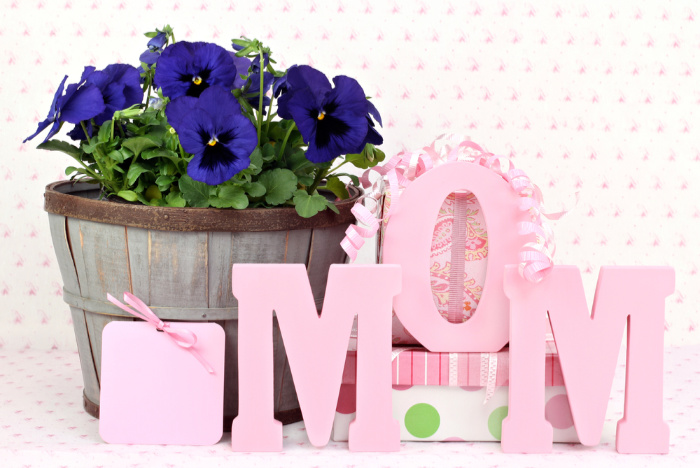
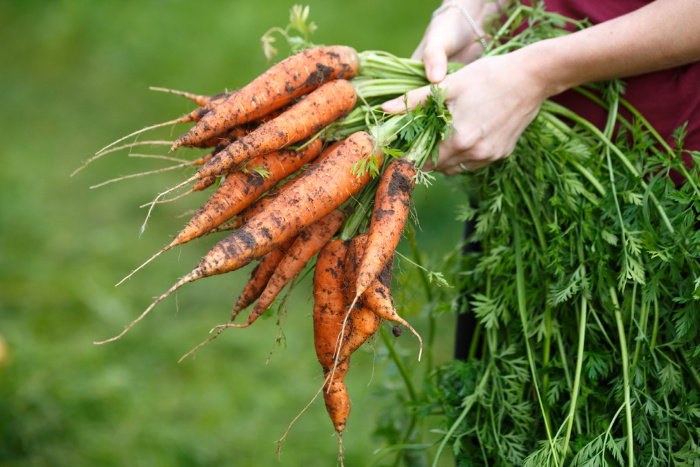
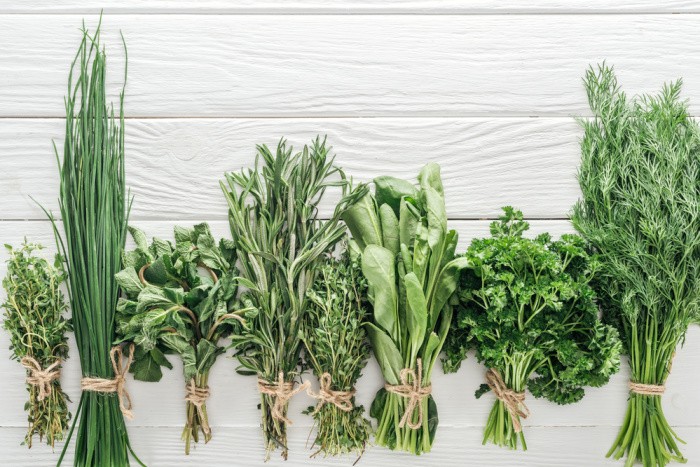
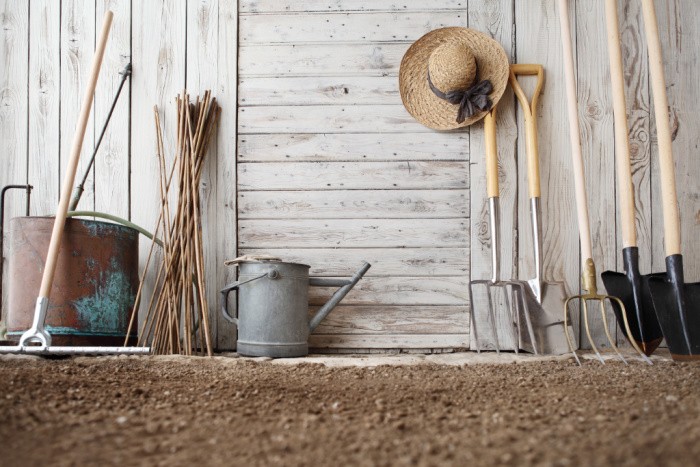














Great article, Linda! Probably one of your readers will mention raised beds. I’d like to suggest that people explore the idea of Sunken Beds. These work very well if a person experiences drought, has sandy soil, or plants veggies with high moisture needs (cucumbers come to mind, which is how I learned about sunken beds).
Hi Wendy, thank you! I just looked up Sunken Beds!! I love hearing they are perfect for the desert and many other places as well. I love these! Linda
Another option for beds… High raised! I’ve used raised beds for years, but decided (since I’m not getting younger!) to try a couple beds that are close to waist height, enclosed by old metal roofing. No, I won’t have to fill in that much soil… I’m going to combine it with hugelkultur, a method of making a foundation of logs, branches, and other wood, leaves and such stuffed into cracks, and then soil on top. The wood gradually decays, providing nutrients, but also holds moisture. If it goes well, I’ll gradually replace other beds too.
More advice for the first year:
1. Only plant things you *know* you and your family like and will eat. That provides incentive to keep up with the garden. After the first year, sure, add one or two new things each year.
2. Read up and choose things that grow easily and aren’t too bothered by bugs, some that grow fast (quicker reward!) and give a good “payback” (crop). Radishes, lettuces, beans, peas, carrots, onions are all pretty reliable. Tomatoes are a little more work, but the payback can be fabulous.
3. Take 5 minutes to check your garden daily. No, you won’t have time to do much, but you’ll spot things that *do* need catching up with when there’s time–before they get out of hand. And even in 5 minutes you can pull some little weeds.
4. Check out Square Foot Gardening. Even if you ignore everything but the “square foot” part, and the directions for how many of a given variety go in a square foot, it helps! Why? If you’re just starting out (and sometimes longer!), telling a weed from a desirable plant can be a challenge. But with, say, 16 carrots or radishes in a square, or 4 lettuces, or 9 onions–anything popping up that’s not in that grid pattern *has* to be a weed.
Hi Rhonda, oh I would love waist-high garden beds! My raised garden beds are only 18-inches tall. I have seven 4-foot by 4-foot square beds filled with soil and they work great. I would really like taller ones so I do not have to bend over as much. These are all great tips for the beginner or even the more advanced gardener. I LOVE LOVE LOVE your ideas! Linda
I ordered the insecticidal spray you recommended, Linda. Thanks for the tip, and wish me luck with my ongoing battle against spider mites!
A great timesaver for any garden is to mulch the whole bed. Shredded leaves, grass clippings, shredded pine bark or even shredded pine needles can be used. I put 2-3″ of mulch into my beds. It helps my raised & container beds to maintain proper moisture. It controls the amount of weeds, by basically smothering them. And as it decomposes, it adds more nutrients. It also encourages the earthworms to work in my beds by providing cooler soil & lots of material for their diet.
The hugelculture idea works great for kickstarting higher raised beds. I did that when my husband built me 3 tall raised beds several years ago! I’ve used that same idea to start a new mounded row garden bed.
This year I’m making biochar, which I learned about from David The Good on his Youtube channel. David has actually moved close to where I live, so I’ve been able to ask questions about the biochar making process. Garden on!
Hi BDN, wow, that’s awesome you are learning about making biochar. I will need to Google that one! I need to go get more earthworms casings!! They make my garden produce more. Life is so good when we have a garden to produce our food. Great comment, Linda
Linda, I’m using hardwood charcoal without the quick start fire additives. My husband can’t be around woodsmoke because of a lung condition. ..so I went to plan B….
I bought a 30 gallon trash can, added the hardwood charcoal, a quart of fish emulsion, about 2 quarts (8-10 #) of the scrapings from my horse’s alfalfa cubes tub, some leftover rabbit manure & a huge dollop of seaweed meal feed supplement. Topped all that with rainwater.
David said to basically just agitate it to keep things mixed up & let those nutrients soak into the charcoal for at least a month. It should boost soil fertility for quite awhile & increase my harvest, as well as improve the flavors of the veggies. I figure it’s worth a try.
Hi BDN, wow, this is amazing!! Oh my gosh, where there’s a will there is always a way! Linda